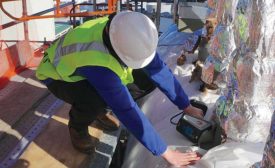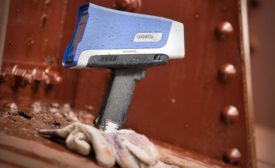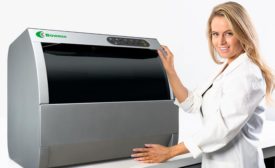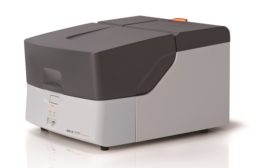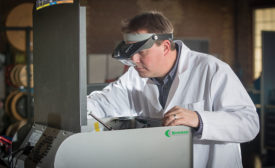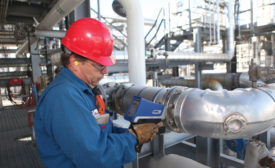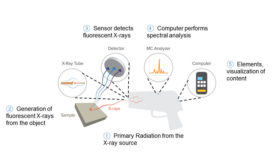Home » Keywords: » x-ray fluorescence
Items Tagged with 'x-ray fluorescence'
ARTICLES
NDT | XRF
It is crucial that the compositions of metals and alloys used in automotive fasteners are verified through stringent quality assurance.
Read More
NDT | XRF
How to Measure Metal Coating Thickness Using Handheld X-ray Fluorescence Analyzers
Handheld XRF is an indispensable tool in quality assurance that provides multiple benefits.
February 8, 2022
Back 2 Basics
The 101 on XRF Analyzers
Experts share details on the ins and outs of this technology
April 8, 2021
Handheld XRF, OES, and Portable LIBS Analyzers— Which One Is Best for Your Needs?
Understanding the limitations and differences in each of these techniques is critical when performing material analysis.
June 24, 2020
X-Ray Fluorescence (XRF) Frequently Asked Questions
You can point an XRF analyzer at almost anything and get a result.
April 8, 2020
Back to Basics: Detecting Heavy Metals Using X-Ray Fluorescence
Beginner tips to understand the role XRF plays in restricting hazardous materials.
October 2, 2018
With XRF Measurement, the Goal is Achieving Low Limits of Detection Precisely—and Fast
Here’s how to get there.
June 8, 2018
XRF 101: Choosing the Right Analyzer
Consider these seven points to help you identify what tool best meets your needs.
November 13, 2017
Triboluminescence: Enabling Major Advances in XRF
Triboluminescent X-ray generation has had a profound impact on XRF technologies.
October 17, 2017
Get our new eMagazine delivered to your inbox every month.
Stay in the know with Quality’s comprehensive coverage of the manufacturing and metrology industries.
SIGN UP TODAY!Copyright ©2024. All Rights Reserved BNP Media.
Design, CMS, Hosting & Web Development :: ePublishing

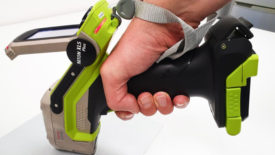
.jpg?height=168&t=1621530074&width=275)
